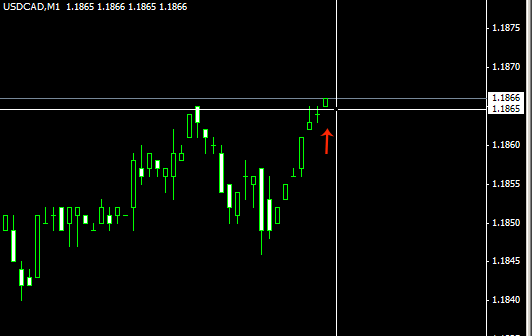How to set stop loss and set take profit when buying selling in Forex?
From the technical point of view, it depends on the trading platform you use.
Every Forex broker will gladly give you the Forex trading Platform manual or will be able to guide you through the steps of setting buy/sell orders, profit targets and exits per you request.
As an example, let's review the basic order setting steps at the one the most popular trading platforms - METATRADER4.
On the price chart - mouse Right Click. Go to 'Trading', 'New order'.
You will have a new window with order specifications.
Symbol - the currency you'll be trading
Volume - how many lots you'll be buying
Stop loss - you need to put the price you want to be stopped at in case a trade goes against you.
Take profit - your profit goal.
Comment - leave it blank.
Type - leave it as Instant execution.
Then you have two buttons: Buy and Sell.
Press one of them. Ok. You have a new trade open.
You will be able to see it on your chart and also you can check menu 'Trade', located below your chart. If you now try to Right click on this trade, you will have an option to 'Modify or Delete order', where you'll be able to change your trading preferences.
http://www.youtube.com/watch?v=TmeQqJd3PYw&feature=player_embedded

